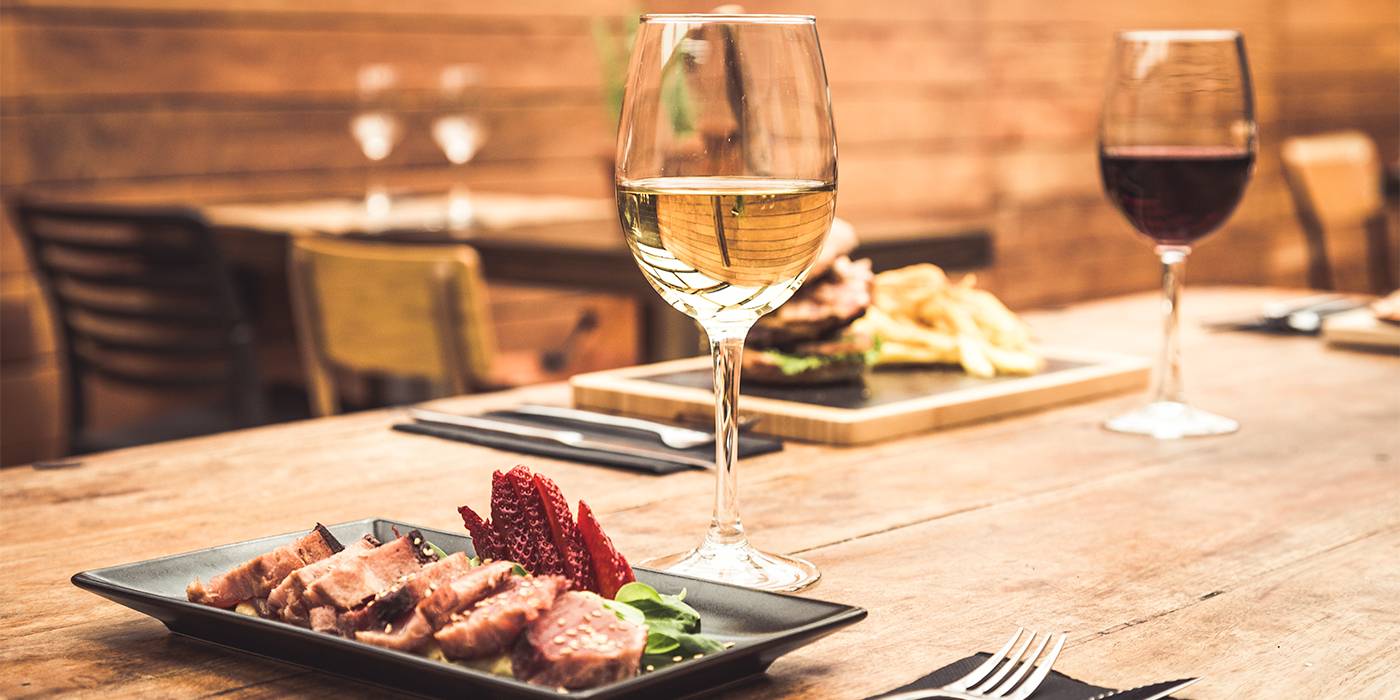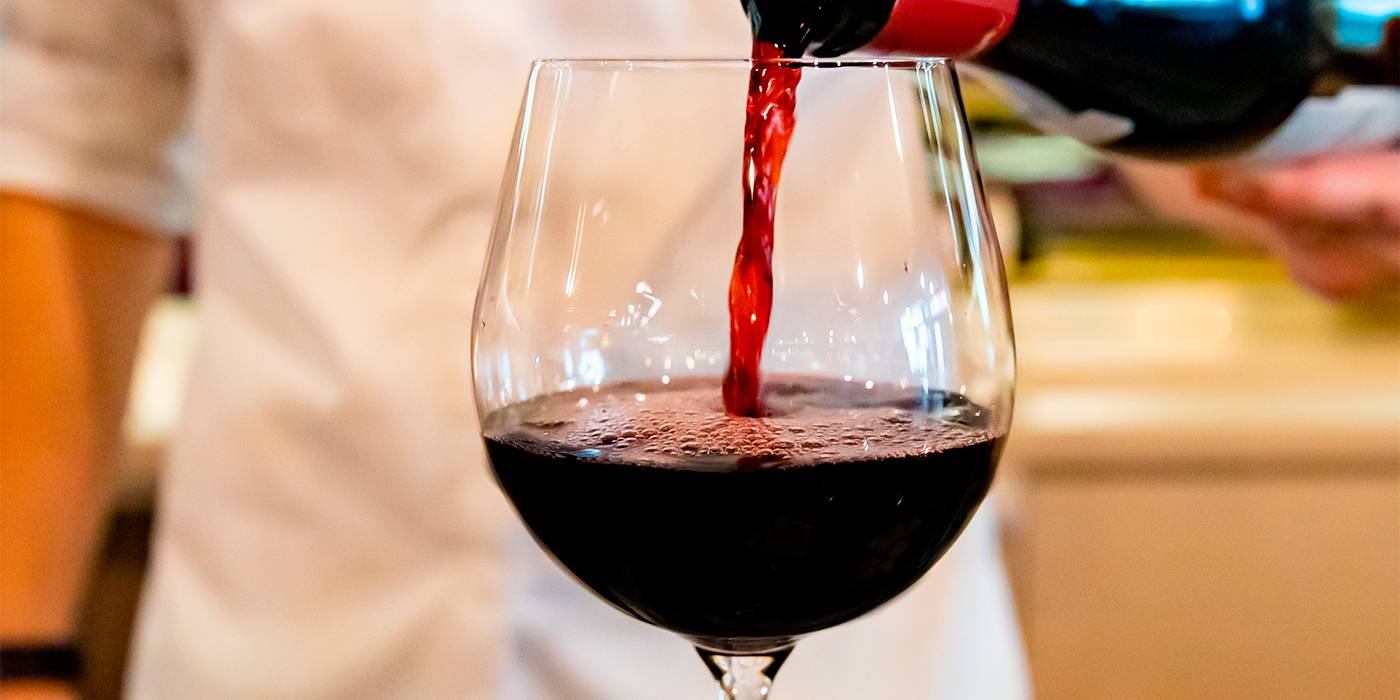5 wine myths you probably didn't know about
Discover 5 wine myths that you probably didn't know about and that are completely false. Don't miss them!

Eva Pizarro
Sommelier at Fierro restaurant and trainer at Tandem Gastronómico.
A myth is a fictional story that tells ancestral ideas or popular beliefs that, although rarely true, eventually come to be considered true. Wine is associated with several myths and today we reveal the reality.
‘THE OLDER THE WINE, THE BETTER’
As we have seen in previous articles, this is not always the case, as each wine is created with a different capacity to age and thus improve.
Some wines are made to be consumed in their first years of life, such as carbonic maceration reds or whites and young rosés. In these wines, we expect the maximum expression of fruit in its freshest state.
Over time, these notes will evolve into different ones, which doesn’t necessarily make it bad, but rather transforms it into a different wine.
‘RED FOR MEAT AND WHITE FOR FISH'
Wrong! Today, we have access to wines from almost all over the world in a wide variety of styles. Cuisine has evolved at a rapid pace and has embraced new flavours, making that old saying obsolete.
To suggest suitable pairings, we need to consider more than just whether the dish is meat or fish. We should also take into account the preparation method, accompanying sauces or side dishes, the stage of the meal at which they are served, and the temperatures involved.
Additionally, we should consider other factors such as the region of origin to understand its character, as well as the type of ageing it has undergone. All of this without forgetting that new wines have entered the market, such as sparkling wines, fortified wines and sweet wines, so it no longer makes sense to speak only of red and white wine.

CORK OR SCREW CAP?
We still find ourselves shocked when we see a wine sealed with a screw cap, but the reality is that more and more prestigious producers are choosing these alternative closures for their bottles, without it indicating that the wine is of lesser quality.
The problem of TCA, a cork defect that spoils wine, is causing many winemakers to rethink old traditions.
AT RESTAURANTS, THEY LET US TASTE THE WINE TO SEE IF WE LIKE IT.
As a sommelier, I encounter this situation daily, so I would love to clarify it. The wine is not offered to taste to see if it suits the customer’s preference, as the decision to choose a wine is solely the customer’s responsibility. Front-of-house professionals offer wine to taste so that the customer can check for any defects, ensure it is at the correct temperature, or determine if it needs to be decanted. Therefore, the establishment will not be obligated to accept the return of a bottle if it does not align with the taste preferences of the person who selected it.
Let’s think for a moment about a situation that might arise: a customer orders a 400 euro bottle, after tasting the wine and realising that he doesn't like it, should he change it if it is perfectly preserved and served?

WHITE AND ROSÉ WINES ARE FOR WOMEN
Neither wine nor taste has a gender, so we must stop masculinising or feminising the different styles. It’s time to progress and focus solely on exploring the vast world of wine and the diverse preferences of each consumer, moving away from phrases like ‘this wine is very feminine.’
There are many myths, and as we’ve begun to explore in this text, they are often based on ancient ideas or popular beliefs. It’s worth revisiting them from time to time!
What do you think about?
Share comments, opinions and tricks with the Community







